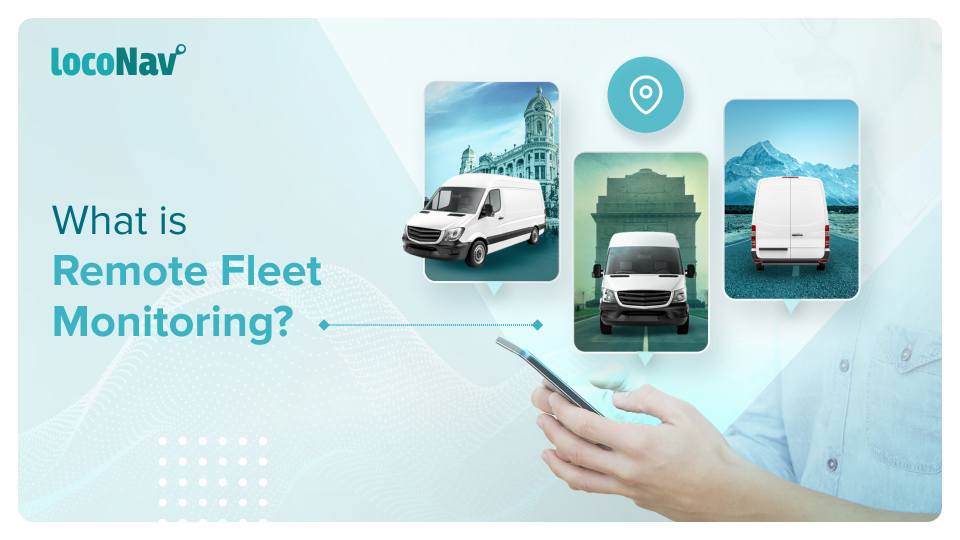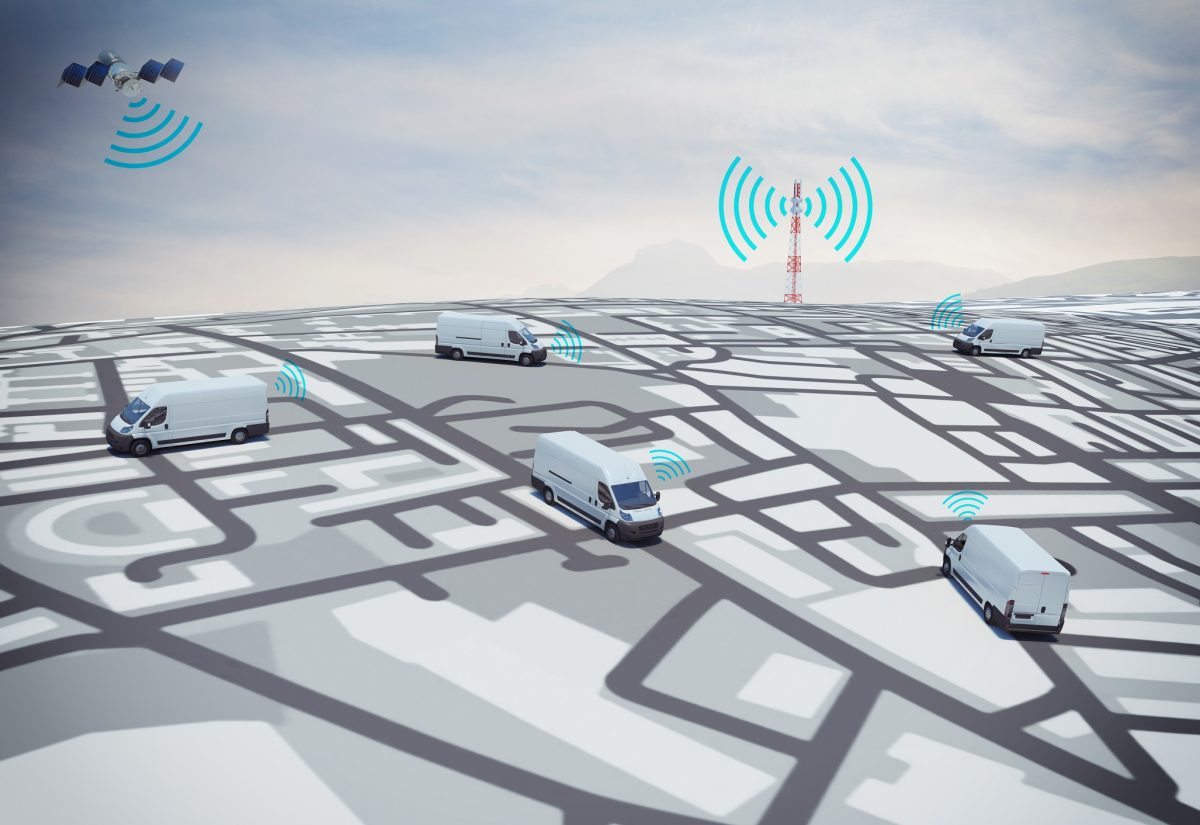Remote monitoring systems for auto fleets: Enhancing Fleet Management Efficiency
Diving into the realm of remote monitoring systems for auto fleets, we uncover a crucial aspect of modern fleet management. From optimizing fuel efficiency to ensuring timely maintenance, these systems play a pivotal role in the automotive industry.
As we explore the components, benefits, and implementation of remote monitoring systems, a deeper understanding of their significance in enhancing operational efficiency will emerge.
Introduction to Remote Monitoring Systems for Auto Fleets

Remote monitoring systems for auto fleets are advanced technological solutions that enable real-time tracking and surveillance of vehicles in a fleet. These systems utilize GPS technology, sensors, and communication networks to collect and transmit data about the vehicles’ location, speed, fuel consumption, maintenance needs, and other crucial information.Remote monitoring systems play a vital role in fleet management by providing fleet managers with valuable insights and control over their operations.
By leveraging these systems, fleet managers can optimize routes, monitor driver behavior, schedule maintenance tasks proactively, and ensure compliance with regulations. This level of oversight helps improve operational efficiency, reduce costs, enhance safety, and ultimately increase the productivity of the auto fleet.
Benefits of Remote Monitoring Systems for Auto Fleets
- Improved Operational Efficiency: Remote monitoring systems allow fleet managers to track vehicles in real-time, optimize routes, and allocate resources effectively, leading to improved operational efficiency.
- Enhanced Safety: By monitoring driver behavior and vehicle performance, remote monitoring systems help enhance safety by identifying risky driving habits, reducing accidents, and ensuring timely maintenance.
- Cost Reduction: Remote monitoring systems help reduce fuel consumption, maintenance costs, and insurance premiums by enabling proactive maintenance, efficient route planning, and monitoring of fuel usage.
- Compliance and Regulation: These systems help ensure compliance with regulations such as hours of service, driver rest periods, and vehicle maintenance schedules, reducing the risk of penalties and fines.
Components of Remote Monitoring Systems
Remote monitoring systems for auto fleets consist of various essential components that work together to provide real-time data and insights for fleet management. These components include GPS tracking devices, sensors, and telematics technology.
GPS Tracking Devices
GPS tracking devices play a crucial role in remote monitoring systems by enabling fleet managers to track the location of vehicles in real-time. These devices use satellite technology to provide accurate and up-to-date information on the whereabouts of each vehicle in the fleet.
This data is essential for optimizing routes, improving driver safety, and enhancing overall fleet efficiency.
Sensors
Sensors are another key component of remote monitoring systems, as they help collect data on various aspects of vehicle performance. These sensors can monitor metrics such as fuel consumption, engine temperature, tire pressure, and more. By analyzing this data, fleet managers can identify issues before they escalate, schedule timely maintenance, and ensure the vehicles are operating at their optimal level.
Telematics
Telematics technology integrates GPS tracking, sensors, and communication systems to provide a comprehensive view of fleet operations. It allows for the transmission of data between vehicles and a central monitoring system, enabling real-time monitoring and analysis of vehicle performance. Telematics also facilitates communication with drivers, enabling managers to provide feedback, updates, and alerts to improve overall fleet efficiency and safety.
Benefits of Remote Monitoring Systems

Remote monitoring systems for auto fleets offer a wide range of benefits that can significantly improve the efficiency and effectiveness of fleet operations.
One of the key advantages of using remote monitoring systems is the ability to track and monitor vehicles in real-time. This allows fleet managers to have better visibility and control over their assets, leading to improved decision-making and overall operational efficiency.
Improved Fuel Efficiency
- Remote monitoring systems provide detailed insights into vehicle performance, including fuel consumption patterns and driver behavior.
- By analyzing this data, fleet managers can identify areas for improvement and implement strategies to optimize fuel efficiency, resulting in cost savings and reduced environmental impact.
- Features such as route optimization and idle-time monitoring help minimize fuel wastage and ensure that vehicles are operating at peak efficiency levels.
Reduced Maintenance Costs
- Remote monitoring systems enable proactive maintenance by alerting fleet managers to potential issues before they escalate into costly repairs.
- By monitoring vehicle health in real-time, fleet managers can schedule maintenance tasks more efficiently, prolonging the lifespan of the vehicles and reducing downtime.
- This proactive approach to maintenance helps prevent breakdowns and unplanned repairs, ultimately saving on maintenance costs and keeping the fleet running smoothly.
Enhanced Operational Efficiency with Real-Time Data
- Real-time data provided by remote monitoring systems allows fleet managers to make informed decisions on the go, leading to improved operational efficiency.
- By having access to up-to-date information on vehicle location, status, and performance, fleet managers can respond quickly to changing conditions and optimize fleet operations in real-time.
- Features like geofencing and alerts for deviations from planned routes help ensure compliance with regulations and enhance overall operational efficiency.
Implementation of Remote Monitoring Systems
Implementing remote monitoring systems in auto fleets requires a systematic approach to ensure successful integration and optimal performance.
Steps Involved in Implementing Remote Monitoring Systems
- Assessment of Fleet Needs: Identify the specific requirements and objectives of the fleet to determine the features and functionalities needed in the remote monitoring system.
- Selection of Suitable System: Research and choose a remote monitoring system that aligns with the fleet’s needs, considering factors like scalability, compatibility, and ease of use.
- Installation and Configuration: Properly install the hardware components and configure the software settings to ensure seamless data collection and transmission.
- Training and Education: Provide comprehensive training to fleet operators and staff on how to use the remote monitoring system effectively to maximize its benefits.
- Monitoring and Maintenance: Regularly monitor the system’s performance, conduct maintenance checks, and address any issues promptly to ensure continuous functionality.
Challenges and How to Overcome Them
- Resistance to Change: Address resistance from drivers or staff through clear communication, training, and demonstrating the benefits of the system.
- Data Security Concerns: Implement robust security measures, such as encryption protocols and access controls, to safeguard sensitive fleet data.
- Integration Issues: Work closely with the system provider and IT team to resolve any compatibility issues during the integration process.
Best Practices for Successful Integration
- Collaboration with Stakeholders: Involve key stakeholders, including fleet managers, IT personnel, and drivers, in the decision-making and implementation process.
- Regular Performance Reviews: Conduct periodic reviews to assess the system’s effectiveness, identify areas for improvement, and optimize its use.
- Continuous Training and Support: Offer ongoing training and support to ensure all users are proficient in using the remote monitoring system and can leverage its full potential.
Wrap-Up
In conclusion, remote monitoring systems for auto fleets offer a comprehensive solution for fleet managers seeking to streamline operations and reduce costs. With real-time data insights and proactive monitoring capabilities, these systems are indispensable in today’s competitive automotive landscape.
FAQ Explained
How do remote monitoring systems benefit auto fleets?
Remote monitoring systems enhance fleet management by providing real-time data insights, optimizing fuel efficiency, and reducing maintenance costs.
What are the essential components of remote monitoring systems?
The essential components include GPS tracking devices, sensors, and telematics systems that work together to monitor fleet activities.
What challenges may arise during the implementation of remote monitoring systems?
Challenges such as integration issues, data security concerns, and training requirements may arise during implementation, but can be overcome with proper planning and support.
How can remote monitoring systems improve operational efficiency?
By providing real-time data on vehicle performance, driver behavior, and maintenance needs, these systems enable fleet managers to make informed decisions that enhance overall operational efficiency.




